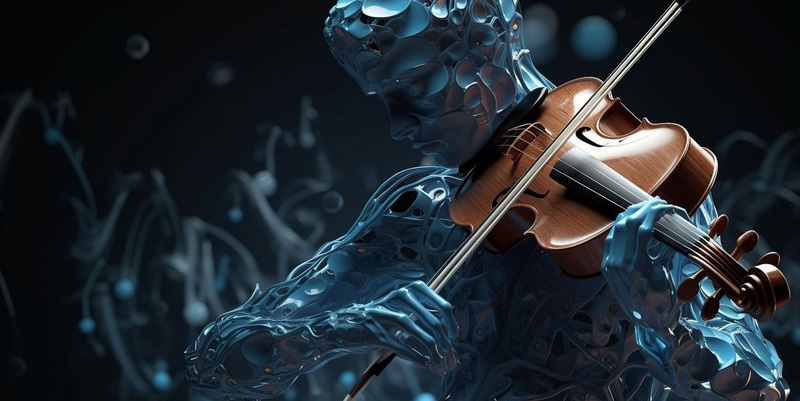The use of generative AI tools in the visual arts is becoming increasingly prevalent, especially within the music industry, where notable musicians are pushing the boundaries of creativity using this technology. As these tools gain traction, they are sparking a divergence of opinions within the artistic community. While some artists are legally challenging AI companies for allegedly infringing on copyrights by training AI on their works without proper authorization, many mainstream musicians are harnessing these tools to explore new creative avenues.
The Weeknd’s Innovative Use of AI
Pop star The Weeknd, whose real name is Abel Tesfaye, recently unveiled a teaser trailer for his upcoming concert in São Paulo, Brazil, which serves as a prime example of AI’s potential in the arts. The teaser was created using advanced generative AI tools like Midjourney, Runway’s Gen-3, Luma’s Dream Machine, and Google’s Veo AI. These tools contributed to a visually stunning narrative typical of The Weeknd’s dark and neon gothic aesthetic, featuring AI-enhanced imagery such as monstrous faces, fire, lightning, shadowy figures, and surreal scenes. This creation has captured significant attention from fans and tech enthusiasts alike.
Broader Adoption Among Artists
This trend extends beyond The Weeknd, as other artists like Washed Out, Ye (formerly Kanye West), Madonna, and Jared Leto’s band 30 Seconds to Mars have also embraced AI technologies to craft visual components for their music projects. These implementations illustrate that some artists view AI as an innovative tool capable of pushing the boundaries of traditional visual storytelling. While the debate continues, it is clear that generative AI is becoming an integral part of the creative process for many musicians.
Industry Collaborations and Artistic Partnerships
Industry collaborations are also on the rise, as seen with the involvement of Spanish visual artist Yza Voku, who directed The Weeknd’s AI-driven teaser. Additionally, Google DeepMind supported the production, emphasizing the convergence of tech and creative industries. These partnerships highlight a broader trend where technology and art intersect to explore new creative possibilities. The combination of artistic vision and technological innovation is proving to be a powerful force in modern media production.
Controversy and Expansion
Generative AI tools are becoming more prevalent in the visual arts, particularly in the music industry. Prominent musicians are exploring new creative boundaries with this technology. As these tools gain popularity, they incite varied reactions within the artistic community. Some artists are taking legal action against AI companies, accusing them of copyright infringement for using their works without proper authorization to train these AI systems. However, many mainstream musicians view generative AI as an opportunity to delve into novel creative possibilities. They are using this technology to experiment with new sounds, compositions, and artistic expressions, thereby revolutionizing the way music is created.
This dynamic is reshaping the artistic landscape, fostering a blend of technology and art that offers both challenges and exciting new opportunities. While the debate over legal and ethical concerns continues, the integration of AI in music underscores a significant shift in the industry. It highlights a future where technology and human creativity work in tandem to push the limits of artistic innovation.

